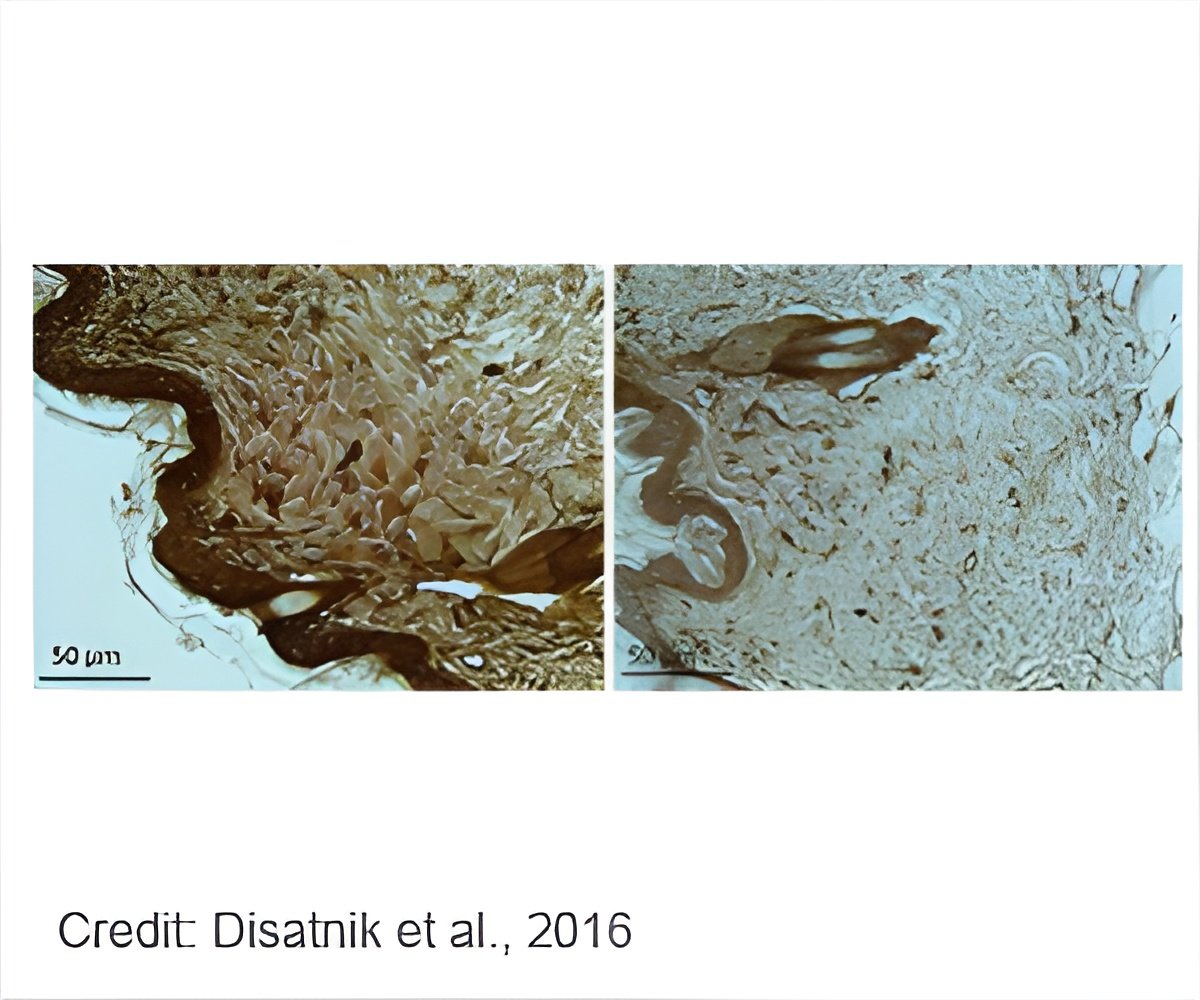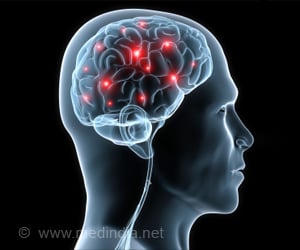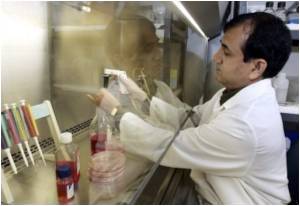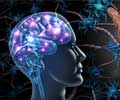Scientists identify new biomarkers for Huntington’s disease that are capable of correlating the disease progression and treatment options in mice.

- Huntington’s disease is an inherited degenerative disorder of the brain.
- Scientists identify new biomarkers for Huntington’s disease.
- Biomarkers were found to be helpful in identifying the disease progression and treatment options for Huntington’s disease.
Huntington’s disease is characterized by the production of mutant form of huntingtin protein which aggregates and damages the nerve cells that are particularly located in the striatum and cerebral cortex of the brain.
Mutant Huntingtin disrupts the mitochondrial functions, lowers cellular energy level and results in oxidative damage.
Damage caused to the nerve cells may result in the progressive loss of voluntary and involuntary movements and may lead to psychiatric or cognitive problems. Patients usually die 10-15 years after onset of the disease.
Scientists are continuosly trying to find new pharmacological options for the treatment and prevention of the disease. Even though few drugs show hope in previous studies that were carried in animals, clinical trials in humans are still found to be time consuming due to the slow onset of the disease.
Currently, scientists identify biomarkers for Huntington’s disease in non-neural tissues that would help in tracking the disease progression as well as to know the disease response for P110 and other drugs.
P110 drug was found to help in restoring the normal mitochondrial DNA levels as in the case of a healthy mice.
Several other biomarkers like 8-hydroxy-deoxy-guanosine were also seen elevated in the Huntington disease mouse model. These elevated levels were also reduced by P110 treatment.
Mochly-Rosen said, "We have identified several biomarkers that correlate with disease progression and treatment in mice."
"We hope that our work will provide the basis for a larger study of patient samples that may ultimately identify biomarkers that can be used as surrogate markers to determine the benefit of therapeutic interventions in diagnosed but asymptomatic HD patients to prevent or delay disease onset." she added.
Further study is required to know whether these are reliable indicators for the treatment of Huntington’s disease.
Source-Medindia









